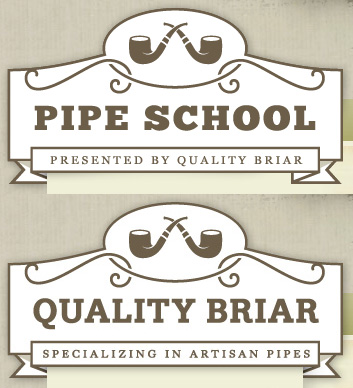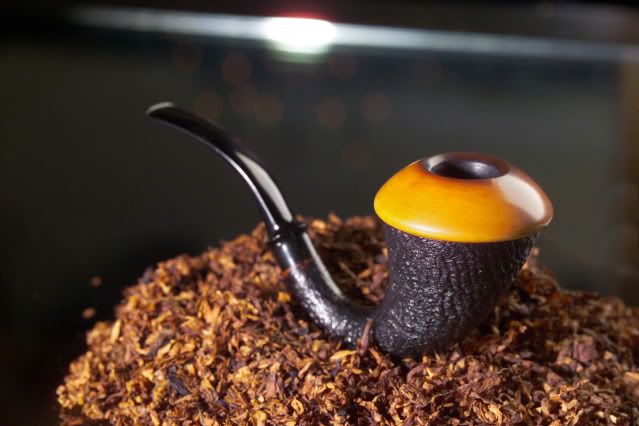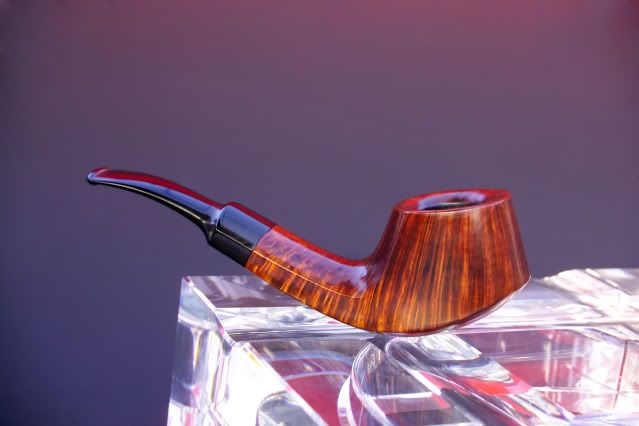
What do you expect from a pipe called a “Strawberries and Cream Blowfish”? Probably a very interesting, and possibly deadly, dinner experience, for one thing. However, despite the interesting images conjured up by such a moniker, the title is a perfect descriptor for one of Chris Askwith’s most recent creations.
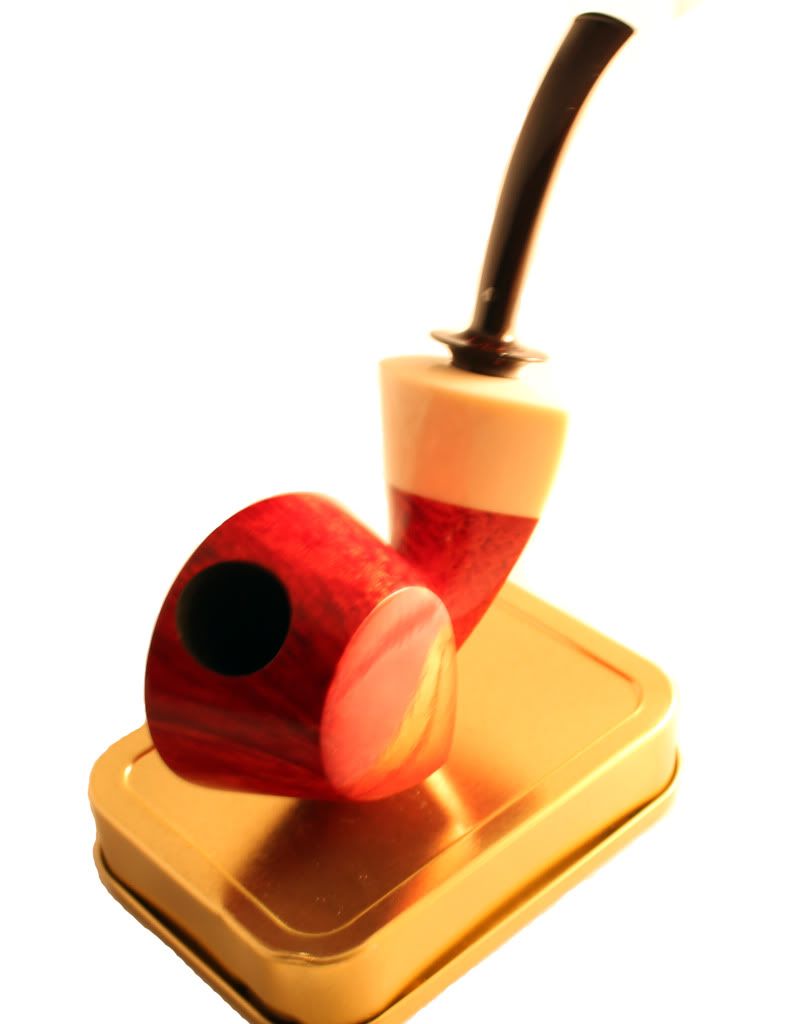
The Blowfish is also one of the many shapes that was brought into existence from the Danish revolution of pipe making, from names like Sixten, Lars, and Nanna Ivarsson and Jess Chonowitsch. It is always fascinating to find a shape that can capture a liminal moment in the history of pipes.
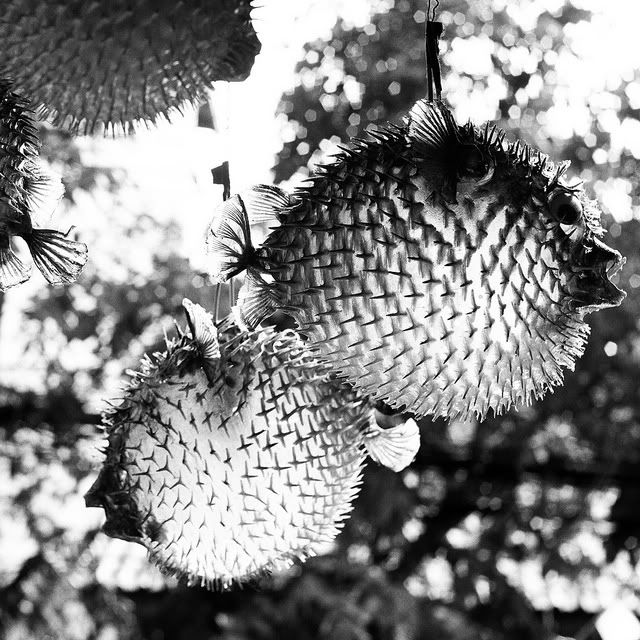 Perhaps what I love most about the Blowfish from a scholarly perspective is that it is an extremely difficult shape to pull off well. A lot of carvers less familiar with the shape will simple hack off one side of an apple or tomato pipe and call it a day. That’s not enough, though, as anyone who has seen one of these ugly ducklings can attest. These attempts are important in their own right, as they are testimonies to the skill required to make this shape.
Perhaps what I love most about the Blowfish from a scholarly perspective is that it is an extremely difficult shape to pull off well. A lot of carvers less familiar with the shape will simple hack off one side of an apple or tomato pipe and call it a day. That’s not enough, though, as anyone who has seen one of these ugly ducklings can attest. These attempts are important in their own right, as they are testimonies to the skill required to make this shape.
The unfortunate part for me, as someone who has never attempted to make a pipe and probably would end up cutting off at least one limb in the process, is that I have difficulty describing exactly what makes a successful Blowfish. One day, I hope to have a better grasp of what the exact aspects are – and when I do, expect another post! For now, I have no choice but to fall back on the phrase je ne sais quoi to describe it, or maybe the United States Supreme Court Justice’s definition of pornography: I’ll know it when I see it.
When I pulled up Chris Askwith’s website about a month ago, I saw it and I knew it. Read more
